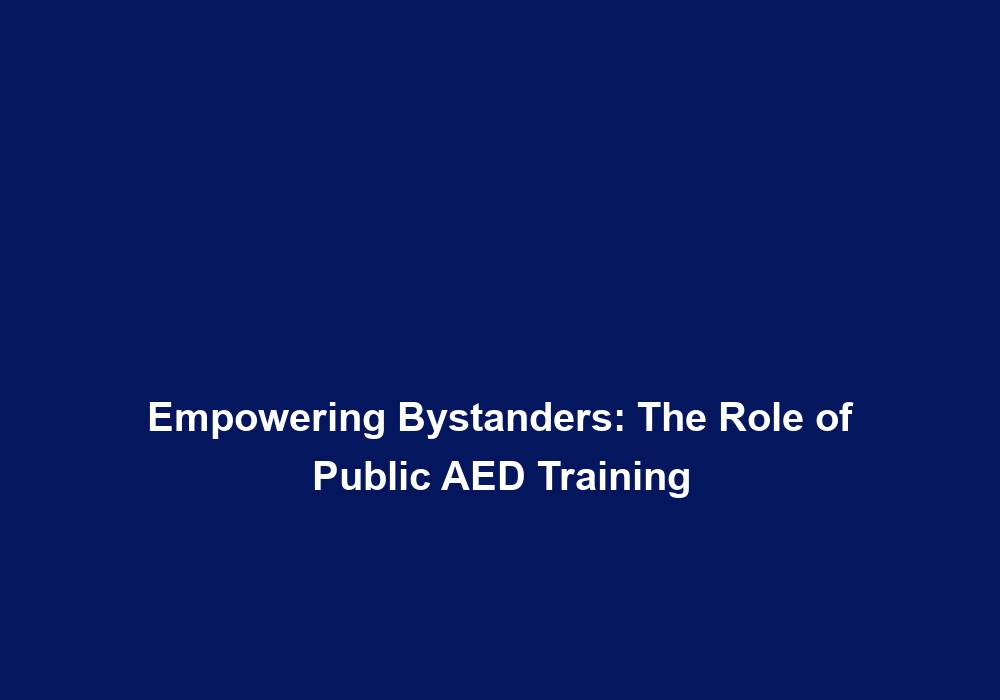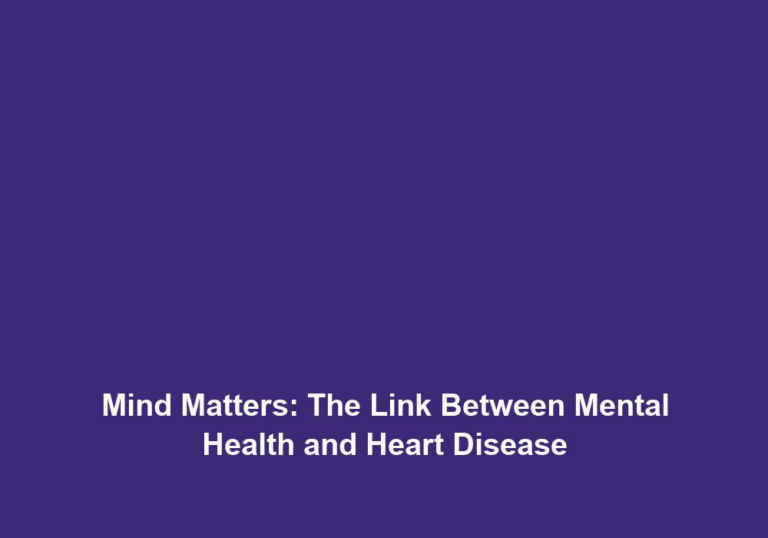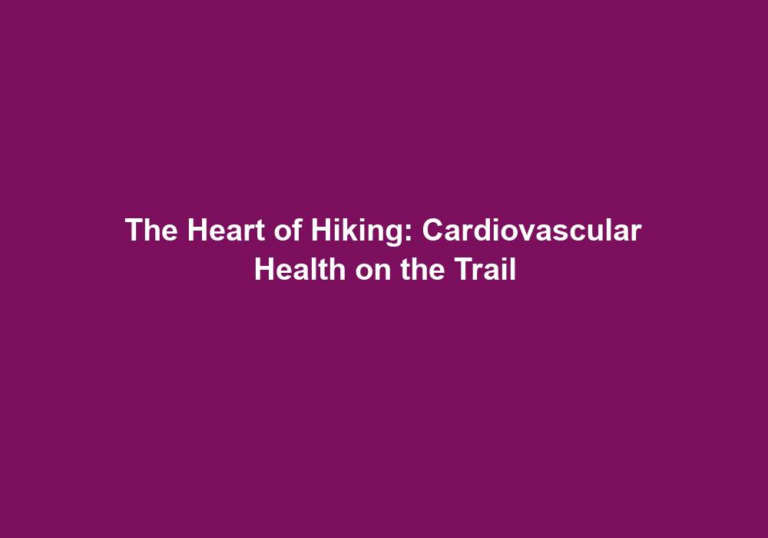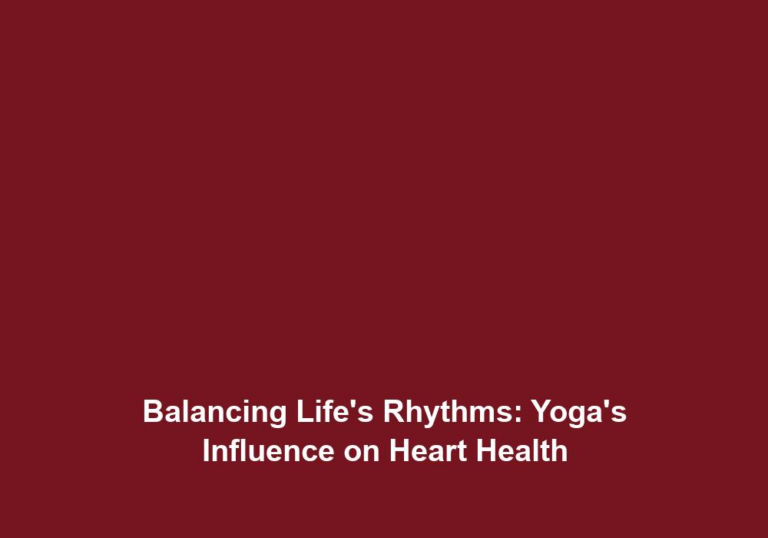Empowering Bystanders: The Role of Public AED Training
In emergency situations, every second counts. When someone experiences sudden cardiac arrest (SCA), immediate action is crucial for increasing their chances of survival. Bystanders who are trained in CPR (Cardiopulmonary Resuscitation) and the use of AEDs (Automated External Defibrillators) play a crucial role in saving lives. This article explores the importance of public AED training in empowering bystanders to take action and potentially save lives.
Understanding Sudden Cardiac Arrest (SCA)
Sudden Cardiac Arrest (SCA) occurs when the heart suddenly stops beating, leading to a loss of blood flow to the brain and other vital organs. It is a life-threatening emergency that requires immediate intervention. In most cases, SCA is caused by an electrical problem in the heart, disrupting its normal rhythm.
SCA can happen to anyone, regardless of age or health. It often occurs without warning and can be fatal within minutes if not treated promptly. Understanding the mechanism and consequences of SCA is essential for bystanders to grasp the urgency of their role in providing immediate assistance.
The Importance of Immediate Response
When someone experiences SCA, every minute that passes without intervention decreases their chances of survival by approximately 10%. Immediate response is therefore crucial. While professional medical help should always be sought, bystanders can play a pivotal role in providing immediate care until professional help arrives.
Bystanders who are trained in CPR and AED use can initiate life-saving measures promptly, such as starting chest compressions and applying an AED if available. This quick action helps maintain blood circulation and deliver vital oxygen to the brain and other organs, increasing the chance of a positive outcome.
The Role of Bystanders
Bystanders are often the first responders in emergency situations. Their involvement in providing CPR and using an AED can significantly improve the chances of survival for someone experiencing SCA. However, many bystanders may feel hesitant or unprepared to take action due to a lack of training or fear of doing something wrong.
It is important to recognize that bystanders’ actions can make a critical difference in the outcome of an SCA event. By empowering bystanders with the knowledge and skills needed to respond effectively, we can overcome their hesitation and equip them to act confidently in emergency situations.
Empowering Bystanders through AED Training
1. Increasing Awareness and Accessibility
Public AED training programs aim to increase awareness about SCA and the availability and use of AEDs. These programs educate communities about the importance of immediate response and the role bystanders can play in saving lives. By making AEDs easily accessible in public places such as schools, malls, airports, and sports facilities, bystanders are more likely to have access to these life-saving devices when needed.
In addition to awareness, accessibility is a key aspect of empowering bystanders. By strategically placing AEDs in high-traffic areas and ensuring their visibility, communities can ensure that bystanders can quickly locate and utilize these devices during an emergency. This accessibility enhances the effectiveness of AED training, as bystanders can easily access and deploy the devices, further improving survival rates.
2. Building Confidence and Knowledge in CPR and AED Use
Public AED training provides bystanders with the knowledge and skills required to respond effectively in emergency situations. Training sessions typically cover CPR techniques, including chest compressions and rescue breaths, as well as the proper use of AEDs. Bystanders learn how to recognize the signs of SCA, perform CPR, and operate an AED safely.
By imparting this knowledge and providing hands-on practice, AED training programs build confidence in bystanders. They learn to trust their abilities and feel prepared to take action when faced with an SCA event. This confidence is crucial in overcoming the fear and hesitation that often hinder bystander response.
3. Overcoming Fear and Anxiety
One of the main barriers that prevent bystanders from taking action is the fear of doing something wrong. AED training programs address this fear by providing practical hands-on training, allowing participants to gain confidence in their abilities. Through simulations and practice scenarios, bystanders become familiar with the steps involved in responding to SCA emergencies, helping to overcome anxiety and hesitation.
Furthermore, AED training programs emphasize the importance of bystanders’ actions in emergency situations. By highlighting success stories and showcasing the impact of immediate response, these programs help bystanders overcome their fear by instilling a sense of purpose and responsibility.
4. Creating a Culture of Preparedness
Public AED training creates a culture of preparedness within communities. When more bystanders are trained in CPR and AED use, the chances of someone being present during an SCA event who can provide immediate care greatly increase. This widespread preparedness can help save lives and create a safer environment for everyone.
By encouraging community-wide participation in AED training, we foster a collective responsibility for emergency response. This culture of preparedness not only improves survival rates but also instills a sense of security and confidence within the community. When individuals know that help is readily available, they feel safer and more empowered to act in times of crisis.
5. Improving Outcomes and Survival Rates
Studies have consistently shown that early CPR and defibrillation significantly improve survival rates for individuals experiencing SCA. By empowering bystanders through AED training, more lives can be saved. Bystanders who are trained and confident in their abilities are more likely to initiate immediate lifesaving measures, providing a crucial link in the chain of survival.
Prompt initiation of CPR and early defibrillation can restore a normal heart rhythm and improve the chances of a successful resuscitation. By expanding public AED training efforts, we ensure that there are more individuals ready and able to intervene during an SCA event, ultimately increasing the likelihood of positive outcomes and saving lives.
Conclusion
Public AED training plays a vital role in empowering bystanders to take action during emergencies, particularly in cases of sudden cardiac arrest. By increasing awareness, providing knowledge and practical skills, and overcoming fear and anxiety, bystanders become an essential part of the emergency response system. Their immediate and effective actions can make a life-or-death difference for individuals experiencing SCA. It is crucial for communities to invest in public AED training programs to create a culture of preparedness and improve survival rates in emergency situations.







